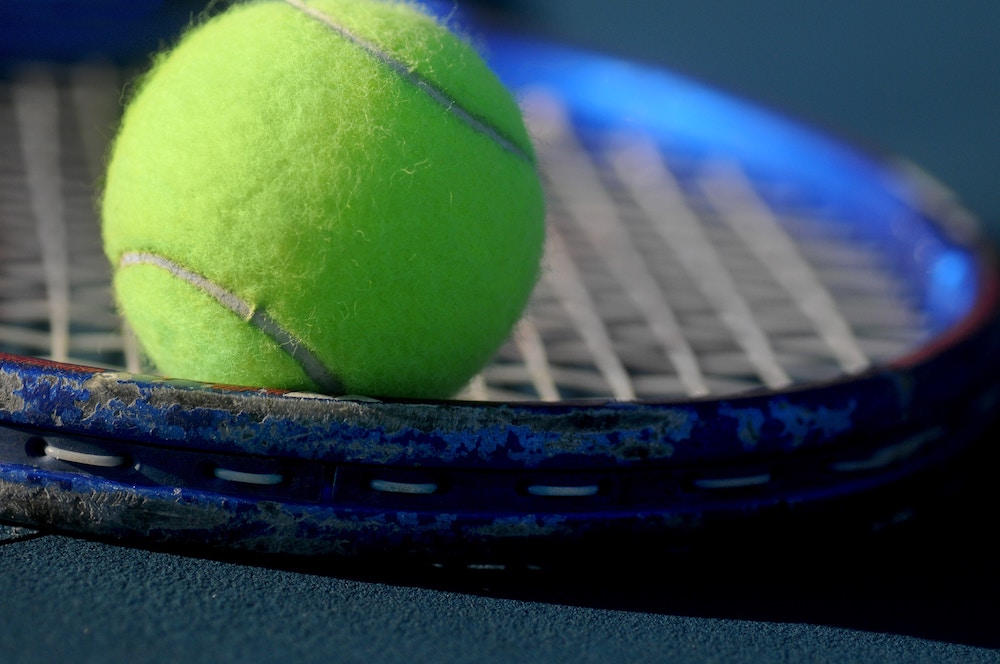It’s not just tennis elbow and wrist problems we need to be mindful of, however: tennis can also create or worsen lower back injuries.
 As we dish out our strawberries and cream and settle down to Wimbledon fortnight, we may be inspired to take up a racquet ourselves. Tennis is a great sport for keeping you active and healthy whatever your age. It’s not a contact sport – so impact-related injuries are rare, it doesn’t require a whole team to get a game. There are just a few things to keep in mind in terms of spine safety.
As we dish out our strawberries and cream and settle down to Wimbledon fortnight, we may be inspired to take up a racquet ourselves. Tennis is a great sport for keeping you active and healthy whatever your age. It’s not a contact sport – so impact-related injuries are rare, it doesn’t require a whole team to get a game. There are just a few things to keep in mind in terms of spine safety.
How does tennis affect the back?
- There’s a lot of twisting and turning for both front- and back-hand shots
- The serve used in tennis dramatically extends the lower back and can stress the small joints in the spine and lumbar discs, as well as the muscles, ligaments and tendons around the spine
- Back muscles must support continual sudden forward and lateral movements and start-and-stop motions during a game of tennis which can impact on the spine
What can you do to help?
Warm Up
As with any athletic activity, it’s essential to stretch and loosen your muscles prior to playing tennis, then stretch again when you’re done. This will reduce the likelihood of muscle strains as well as the lower-back muscle spasms often experienced by tennis players. Trunk twists, arm circles and slow jogging from one part of the court to another are good ways to warm up all of your muscles prior to play. If you have chronic back pain, you may want to add to your warm up some specific stretches that target the portion of your spine (usually the lumbar region) where your pain occurs.
Play the Clay
Given the choice of playing on a hard surface or a synthetic clay court, softer is better when it comes to the spine. Many tennis clubs offer a form of soft court on which balls move somewhat slower and players have fewer abrupt stops and starts because they are able to “slide” into place.
Serve up a slice
Try using a slice serve to reduce the degree of back arch. The serve can be the most dangerous stroke in tennis as it requires the body to rotate and extend multiple times in a match. That’s especially true if you favour a topspin serve, the mechanics of which require significant hyperextension of the lower back muscles and compression of the lumbar disks. A more back-friendly serve is the slice, where your racket approaches the ball from the side rather than from above.
Ask a pro
Use “proper form” during tennis, bending the knees, holding in the abdominal muscles. A tennis professional can watch you from time to time to check your technique. This applies not only to the serve, but overheads, volleys and groundstrokes as well. A professional coach can teach you optimal hitting stances, ways of connecting to the ball and follow-through motions to keep your spine safe. Players who experience back pain may also benefit from learning a one-handed backhand, which can reduce some of the rotational stress that this shot puts on the spine. Also, when practising shots, avoid excessive repetition of a single type to reduce the chance of straining one or more muscle groups.
The right kit
Find out about different racquet tensions and be fitted by a professional for the appropriate tennis equipment. A more flexible tennis racquet requires more trunk rotation than a stiffer tennis racquet with less tension in the strings. Racquets must also be properly sized by hand size to reduce stress on the elbow which in turn may alter your swing and ultimately result in back pain. Don’t go out on the tennis court wearing footwear that doesn’t support multidirectional movements – that includes running shoes. Try not to play with flat or wet tennis balls, and never play on a wet and slippery court! However, if your involvement in tennis this summer is restricted to watching it from the sofa, you still need to watch responsibly! See our recent about keeping your back healthy in front of the TV!

